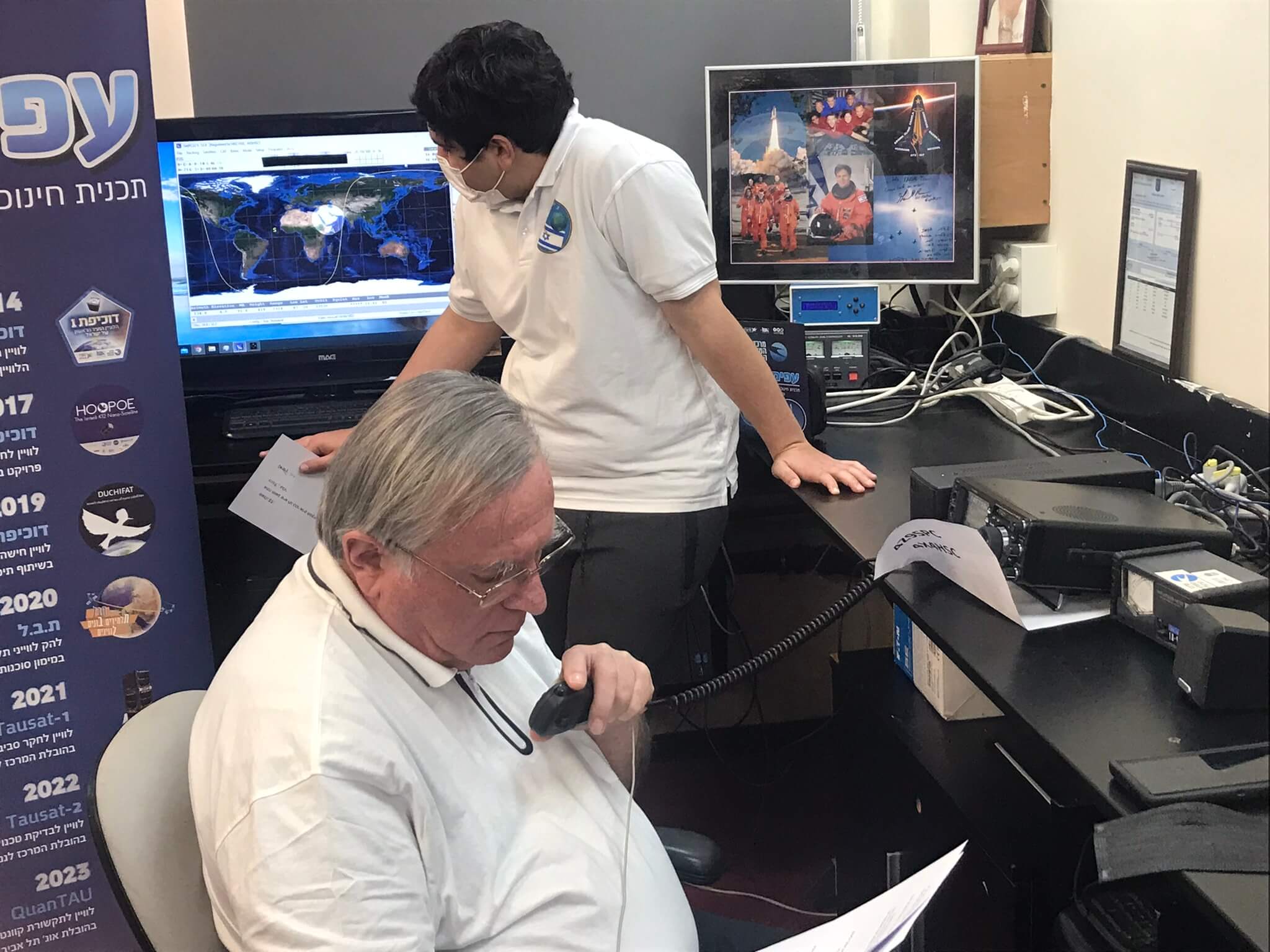According to David Greenberg, a satellite communications instructor at the Herzliya Science Center, the listening was accidental but was made possible by the fact that Dokifat 3 transmits in the same frequency range as the terrestrial satellites. Now the students of the science center, whose class before them launched it, are trying to understand what happened

After the Dokifat 3 satellite stopped transmitting two years ago (April 21, 2020), it was effectively abandoned. Unlike its two predecessors who exceeded their expected lifespan and continued to carry out their mission and maintain contact with the ground station at the Herzliya Science Center, it operated for less than six months (five months and ten days to be exact). A week before his broadcasts stopped, the students who operated it at the time checked for a malfunction in the satellite that caused a leakage of frequencies. They continued that week in regular contact with him, but suddenly he became silent even though ground radars that track the space debris continued to follow him in his orbit at an altitude of 550 km, an altitude from which there is no possibility that the satellite would fall and burn up in the atmosphere in a reasonable time.
Last Friday, 15/4/2022, a sign of life suddenly appeared in him, completely by chance. David Greenberg, a satellite radio communications instructor at the Science Center in Herzliya, left the antenna at the amateur station at his home in a parking position facing east. In an interview with the Hidan website, he explains: "On Friday, I followed from my house eight satellites built by students of eight schools in Israel andLaunched on January 11, 2022. I am a radio enthusiast and I also have a station at home. I left it partially on. When I returned to the computer, I saw that there was a decoding of transmissions that did not match what I intended to receive, meaning that these were not terrestrial satellites. Since some of the technologies developed for Dokifat 3 were also used in terrestrial satellites, one of the common denominators is the transmission frequency. There is an international body that monitors all satellites in space, active or inactive. I inquired in the system when it would pass over us again, and it was about an hour after it was disabled, and then I aimed the antennas properly. I have software that controls the antennas and automatically directs them to the satellite they want to receive."
"At the designated time, the broadcast appeared again and then it was clear that it was Dokifat 3 and indeed what I picked up were the flares of its broadcast. I published the discovery in the WhatsApp group of the students in Herzliya. Everyone gathered there yesterday evening (Mochesh) at the ground station and sent commands and saw that it answered and functioned. We are currently trying to figure out what happened. We don't have enough information to understand why it stopped broadcasting and why it started again. A website of American radio amateurs also picked up the broadcast and published it.
What is his condition?
From what we've been able to decipher, at least the power supply system is working. The fact that when it passed over us at night, it was still transmitting, a sign that the batteries and the charging system were working. The satellite responds to ground commands. Not sure everything works but we are trying to check. We have to remember that we are limited because its transits are short - 10-12 minutes until it sinks below the horizon. In these minutes we can download information from it and send commands, so it will take a long time before we check all the systems.
It should be noted that the recording took place exactly one day after the event in which students from the Science Center talked through a radio amateur link with Eitan Stiva at the space station. Only then could Greenberg and his students go back to their routine and track Earth satellites, but Dokifat 3 arranged a new surprise for them.
More of the topic in Hayadan:
- Meet the students who built the world satellites
- The level of education in Israel is close to the bottom of the developed world
- Dokifat satellites brought the Science Center and Herzliya Municipality the Marco Polo Society Award
- The student satellite "Dukhipat 3" was successfully launched into space
- "Dokifat 3 proves that even under the threat of rockets and rockets it is possible to have quality scientific education" update on the success of the launch

3 תגובות
David Greenberg was one of my team leaders at Motorola in Tel Aviv more than 35 years ago.
Great pride for me to read the article that he recognized the return to life of Duchifat 3.
Best regards
A thousand deer.
How fun it is to know that there are many Israelis, beautiful, sane, intelligent, interested and knowledgeable, apart from the rascals and zelabs who occupy the networks.
You made my day.
"On Friday, I tracked eight satellites from my house that were built by students of eight schools in Israel and launched ((((check when)))) I am a radio enthusiast and I also have a station at home. "